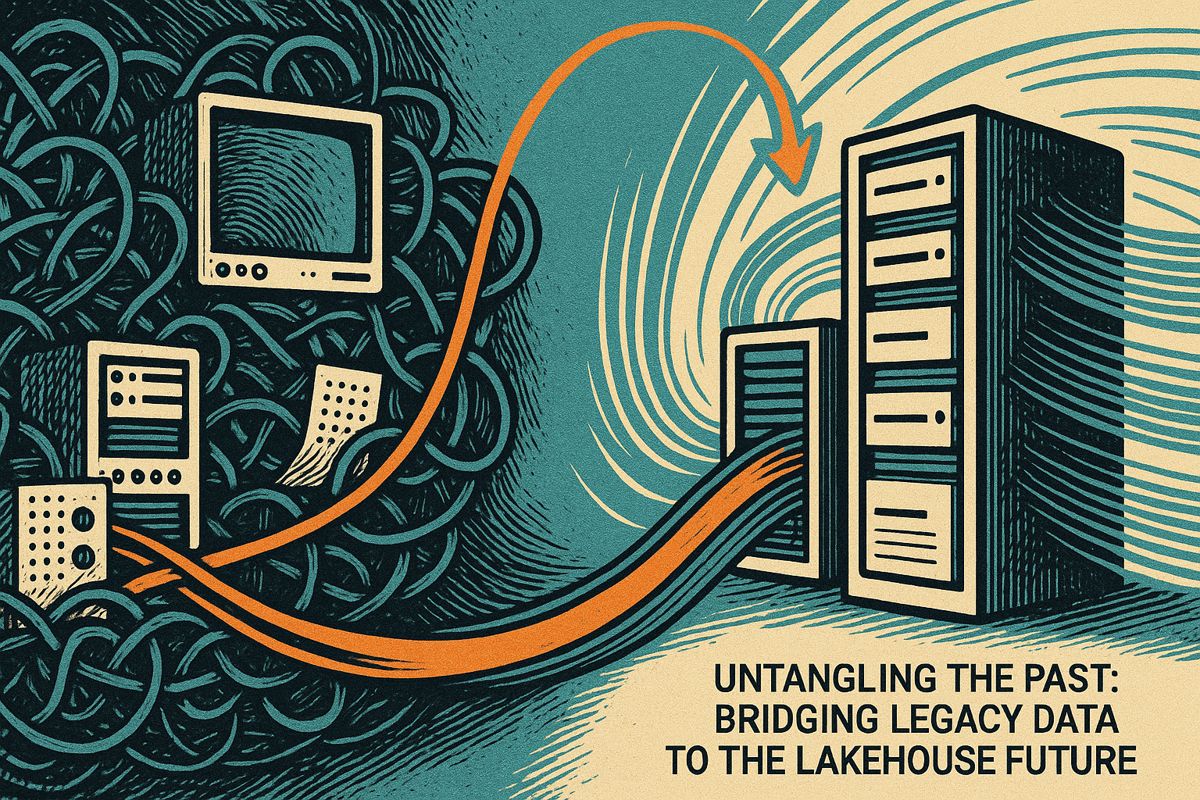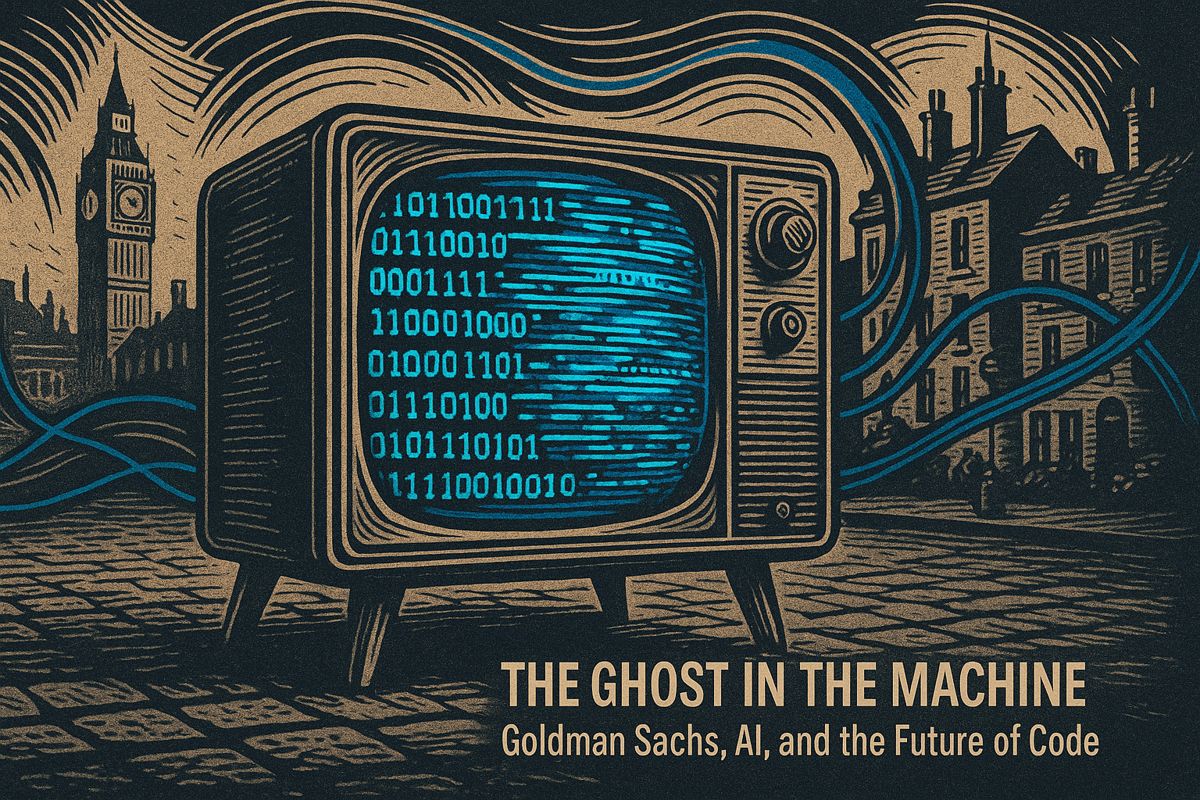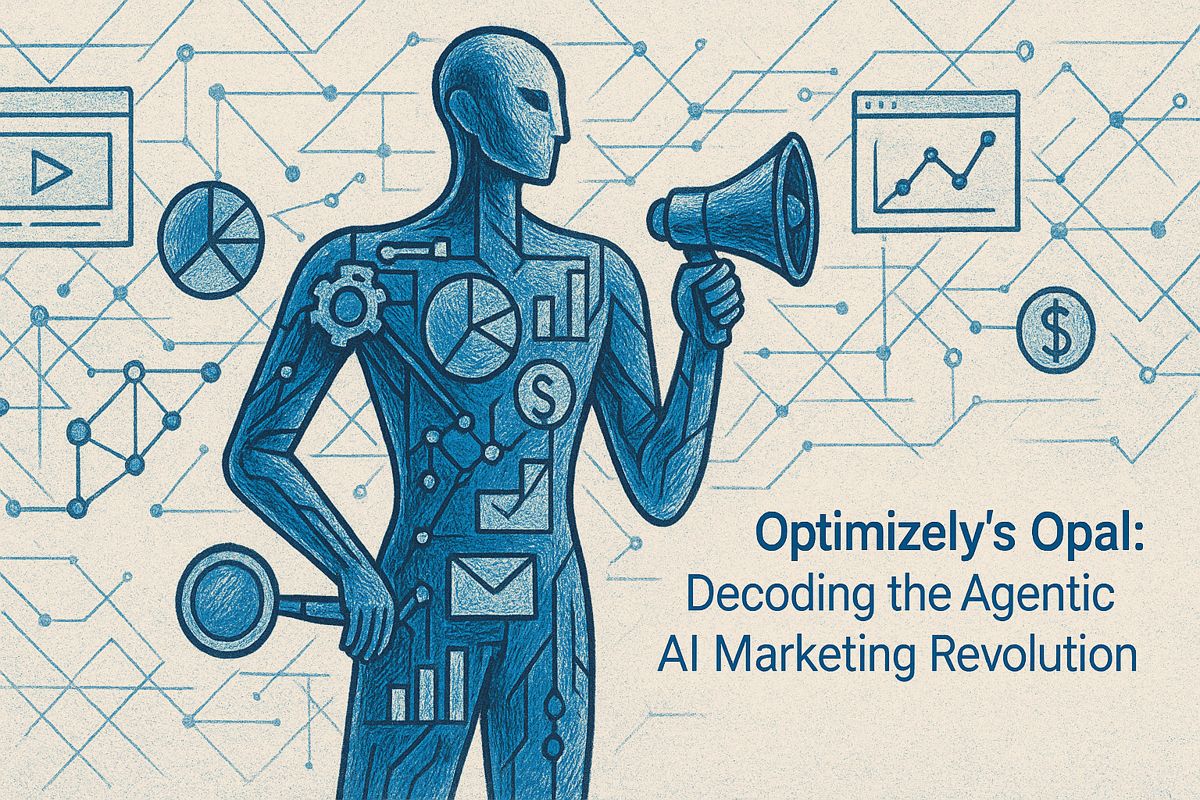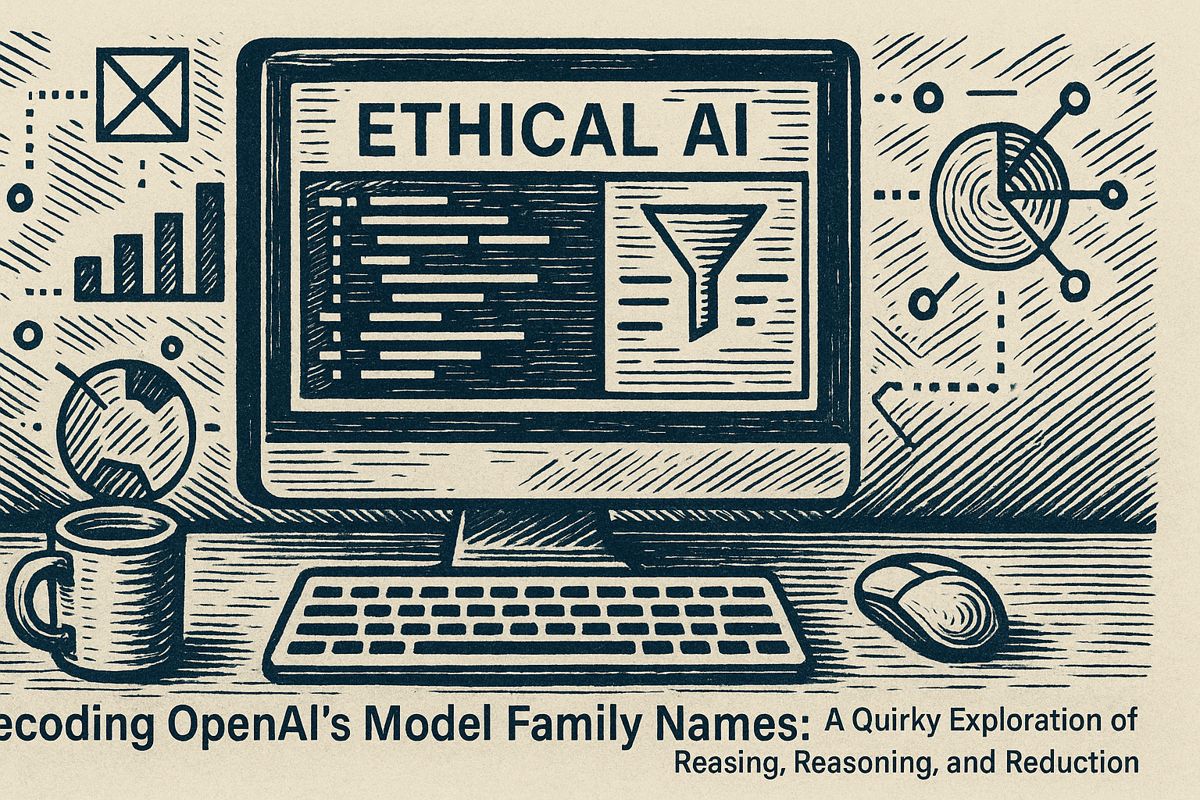Imagine a superhero tool called Databricks Lakebridge, swooping in to save companies from the nightmare of moving old data! This free, smart helper takes your messy old data and magically shifts it to a shiny new home, doing most of the hard work for you. It checks everything, translates tricky code, and makes sure nothing breaks, banishing the dread of endless errors. Instead of tears and late nights, Lakebridge turns painful data migrations into a smooth, almost enjoyable journey. It’s like a quiet miracle, freeing up smart people to solve big problems instead of wrestling with dusty old data.
What is Databricks Lakebridge and how does it help with data migration?
Databricks Lakebridge is a free, open-source migration toolkit designed to automate up to 80% of the tasks involved in moving data from legacy data warehouses (like Teradata, Oracle, SQL Server) to the Databricks lakehouse architecture. It includes Analyzer, Converter, and Validator modules to inventory, translate, and validate data and ETL scripts, significantly reducing the complexity and time of data migration projects.
Where the Memory Hurts: Old-School Data Migrations
Sometimes I doomscroll through LinkedIn, eyes glazing over at the eternal parade of AI launches and startup jargon. But last Thursday, hidden like a truffle in a compost heap, I saw something that made me stop: Databricks Lakebridge. Suddenly, I was back in that dimly lit, almost dungeon-like office—fingers cramping, wrestling with a monstrous Teradata migration script, longing for a miracle. The smell of burnt coffee is seared into my memory; so is the pain of endless validation errors.
I couldn’t help but think of Raj—our resident data engineer and champion of dry wit. He once promised he’d convert a nest of legacy SQL to Spark before the pizza guy showed up. Spoiler: The pizza was cold by the time Raj finished, and he still owed us a round. Even now, the words “migration validation” have my heart skipping a beat. So, this Lakebridge tool claiming to automate 80% of migration work? I had to see if it was real or just another mirage. Hope, I admit, mixed with a dash of skepticism—like smelling ozone before a storm.
Unpacking the Tool: Lakebridge’s Real Features
What’s actually in the box? Lakebridge, a free and open-source migration toolkit from Databricks for enterprise clients, isn’t just a marketing ploy. It automates up to 80% of the tasks required to move from creaky old warehouses (think Teradata, Oracle, or SQL Server) to Databricks’ lakehouse architecture. The system is built around three modules: Analyzer, Converter, and Validator—each like a gear in a well-oiled, slightly noisy machine.
The Analyzer makes a full inventory of your legacy environment: tables, views, those ancient ETL jobs with cryptic names, and even stored procedures you forgot existed. It’s the difference between wandering through a foggy forest and having someone hand you a detailed map—plus a compass. The Converter, drawing from BladeBridge’s DNA (Databricks’ recent acquisition), translates your warehouse’s legacy SQL and ETL scripts into Databricks SQL or Apache Spark SQL. Or at least, it tries—static pattern matching is great for the straightforward stuff, but who among us hasn’t written a workaround that defies all logic? AI-powered enhancements are in the pipeline, supposedly to handle the real gremlins.
The Validator is my personal favorite. I remember the cold dread of discovering, at 6:45 p.m. on deployment day, that half your reports don’t reconcile. With Validator’s dashboards and reconciliation tools, you get more than blind hope. You get proof. By the way, consultancies like Deloitte and Capgemini are already using Lakebridge. That’s not just name-dropping; it’s a sign the tool is built for real, ugly migrations—not just showy demos.
Beyond the Hype: What Lakebridge Actually Changes
Let’s be honest: 80% automation sounds like marketing catnip, but anyone who’s crawled through a migration knows the last 20% can be a Hydra. Still, by letting the boring, repetitive tasks be handled automatically, Lakebridge means teams can focus their brains on the weird, one-off cases. It’s a relief akin to finding noise-canceling headphones at an airport during a layover.
I felt a flicker of hope mixed with a little disbelief. Migration projects used to be slow-motion horror movies: months of uncertainty, endless meetings, and the ever-present fear of breaking something critical—somewhere in the guts of Informatica or a forgotten T-SQL job. Now, with validation and conversion largely handled, it’s almost—almost—enjoyable. My one worry: highly customized environments (you know the ones) still need a human touch and, let’s face it, probably some muttered curses.
And the open-source angle? That’s rare in a market where six-figure proprietary frameworks are the norm. Databricks is clearly trying to tip the scales—make migrations easy, lower risk, and, if you manage procurement, practically irresistible. Free as in beer, as the saying goes.
A Real Impact, Not Just Hype
No tool solves everything. (If you find one, let me know.) But Lakebridge, with its mix of rules-based translation, open-source ethos, and actual adoption by the likes of Wipro and Infosys, seems engineered for more than just marketing. It’s a tool built for war stories and late nights.
And that, perhaps, is the real point. The best technology doesn’t dazzle—it just quietly removes the worst parts of your day. If Lakebridge means fewer midnight pizza runs for desperate data engineers, consider my arteries—and my sanity—grateful. Oddly enough, I feel a little nostalgic for those late nights. But only a little…



















